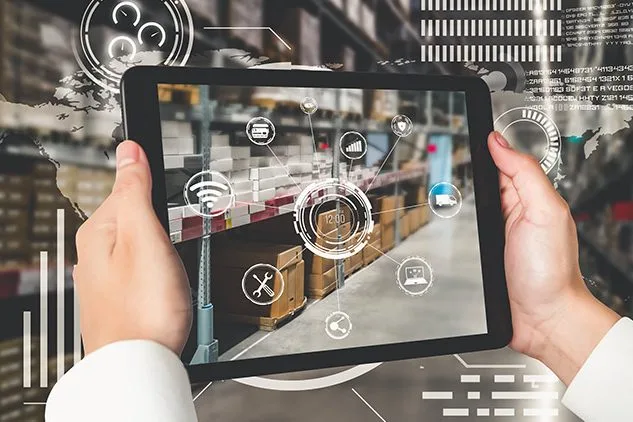How to Prepare for Peak 2022, Part 2: Technology
We look at 3 technologies retailers and eCommerce businesses will need this year to handle the impending load of online orders successfully.
To effectively operate your business in today’s buy anything, anytime, anywhere world, employing a modern and up-to-date tech stack is essential. This is especially true during peak season when orders pour in and fulfillment teams tirelessly pick, pack, and ship orders all over the world.
It takes a lot more than security updates and software upgrades to get your tech stack ready for the peak season rush, though. Let’s look at three of the top technologies retailers and eCommerce businesses need this year to successfully manage the surge of online orders during peak.
Flexible Order Management System
With shoppers embracing the many different fulfillment options available today—from doorstep delivery to curbside pickup—businesses need an easy, streamlined way to keep it all straight. One way to do that is by logging all your orders in an omnichannel order management system.
This enables your fulfillment teams to view new orders as they come in from every channel and track them as they’re fulfilled via carriers and brick-and-mortar locations. And you can effectively manage your inventory across your organization, thanks to the enhanced visibility the tool provides. From buy online, pickup in-store (BOPIS) and buy online, pickup curbside (BOPAC) to carrier and store associate delivery, omnichannel order management ensures your customers get their packages—no matter how they want them delivered.
Business Intelligence
Data is critical to successful decision-making—especially when time is of the essence. But many retail business intelligence solutions aren’t designed to deliver the kind of insights you need or to do so quickly. As a result, you’re likely left to go with your gut rather than follow the data.
Predictive analytics allows you to make intelligent decisions faster by spotlighting emerging trends, pinpointing anomalies, and making predictions based on past and current shopper behavior. Armed with this data, you can more effectively jump on limited-time opportunities and get ahead of your competitors during the most important sales quarter of the year.
Artificial Intelligence
Protecting your business from fraud during the holiday season is hard. And it’s not getting any easier. According to the Better Business Bureau’s 2021 Scam Tracker Risk Report, more than one-third (37.4%) of all scams reported in 2021 were online purchase scams and nearly three out of every four (74.9%) of those targeted by online purchase scams reported losing money.
To stay ahead of new fraud attempts, most retailers need an artificial intelligence (AI) solution that can identify fraud the moment it happens and continuously learn from fraudster behavior to improve its responsive and preventative capabilities. For those that choose to bring consortium data and human intuition into the equation, protection from the bots and humans who are determined to steal customer data will be even greater.
Besides that, when artificial intelligence fraud detection is used, customer experience strategies can be much more successful, as shoppers can safely share their sensitive data with you (like credit card numbers and CVC codes) and create accounts in your customer portal with little worry.
Now that customers are fully embracing online shopping and alternative fulfillment options, most retail tech stacks don’t cut it anymore. To keep up with demand this upcoming holiday season, retailers and eCommerce businesses need to adopt some sort of omnichannel order management solution, business intelligence, and AI fraud detection technology.
Read the next blog post in this series: “How to Prepare for Peak 2022, Part 3: Associate Shortages.”
Please note: Radial no longer offers a Customer Care solution as of September 15, 2024.
